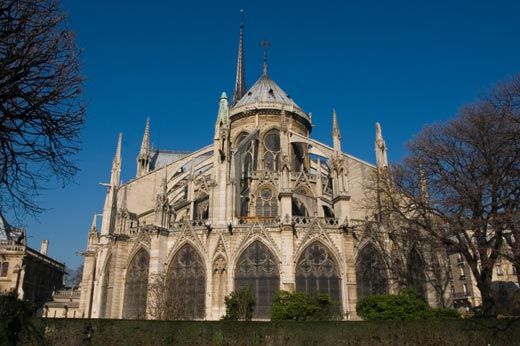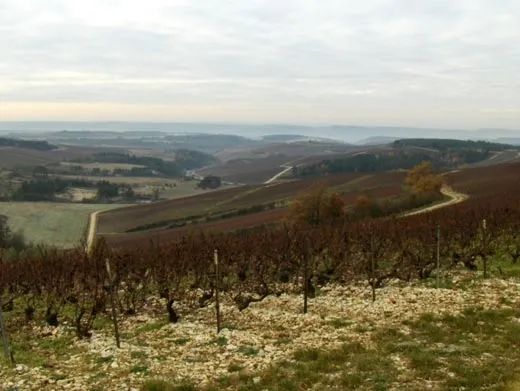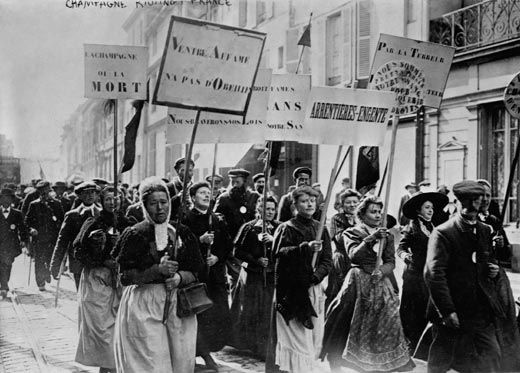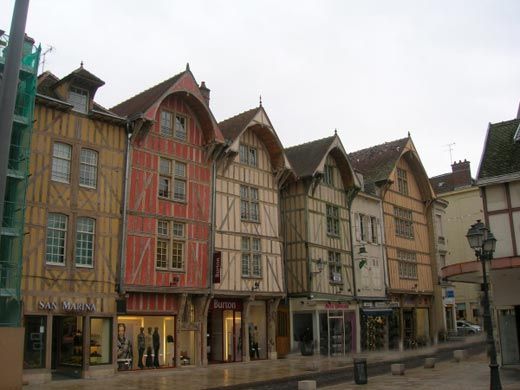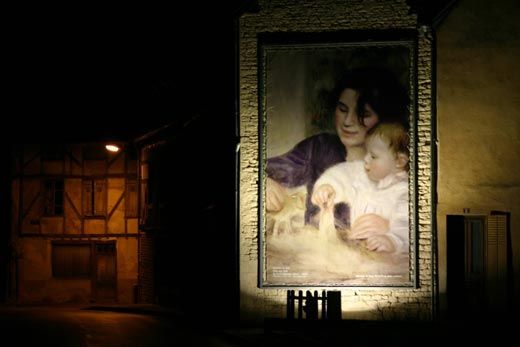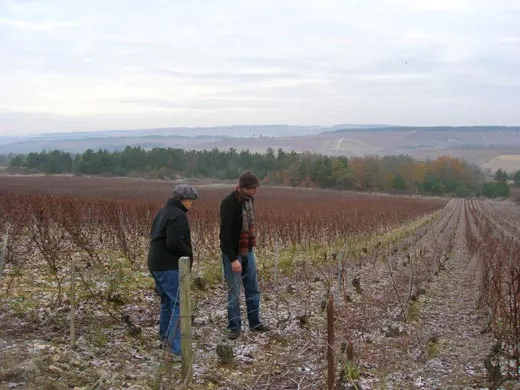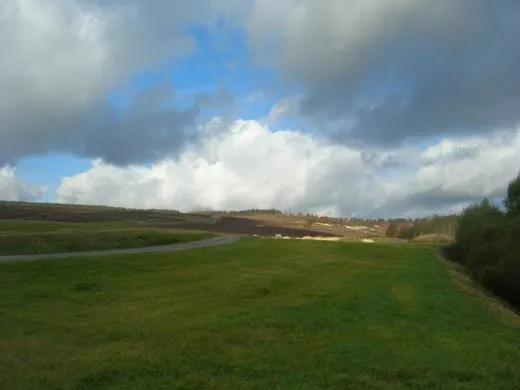Snapshot: The Champagne Region
Celebrating the new year has become synonymous with drinking champagne, but the grapes are from an area steeped in history
Origin: It took millions of years and a unique combination of climate, soil, and brilliant agricultural minds to create the right conditions for raising the variety and quality of grapes needed to make champagne. About seventy million years ago, oceans that once covered this region receded, leaving behind chalky subsoil deposits; sixty million years later, earthquakes pushed marine sediments to the surface. The unique soil created by these geological events is one of several factors that make champagne supreme among the world's sparkling wines, with a reputation for unsurpassed excellence.
The appeal: The Route Touristique du Champagne is a 375-mile system of eight separate "trails" that lead visitors through forests, hills and fields into picturesque little villages, and into the cellars of the region's winemakers. More than 80 designated sites offer visitors the opportunity to learn about the complicated process of making champagne, its history and traditions, and to enjoy the accueil of the winemakers, who share their knowledge and enthusiasm as visitors taste their wares. The region also offers many less well-known attractions: historic cities, museums and other cultural institutions, and sites of interest abound. The area encompasses 25,000 hectares of lakes, rivers, and ponds as well as 373 miles of canals, offering abundant opportunities for boating, water sports and fishing. Bird-watching, bicycling, hiking, camping and other outdoor activities are also popular throughout the region. In addition, a diverse array of beautiful vistas—of villages, forests, fields and lakes—delight and inspire artists, photographers, and anyone with an eye for beauty.
Interesting historical facts: Because of its location at the crossroads of major European trade routes, for millennia Champagne has been a very active corridor. In 451 A.D. Attila and his Huns were defeated by an alliance of Romans, Franks and Visigoths near what is now Chalons-en-Champagne. During the Middle Ages, Champagne Fairs were festive gatherings of merchants from across Europe, who traded their wares in towns like Troyes, Provins and Bar-sur-Aube. At their peak in the 13th century, these fairs brought prosperity to the region and introduced fundamental modern practices, like the extension of credit and currency exchange, into the European economy. Throughout its history, Champagne has been a battleground as various invaders from the East made their way toward Paris. Significant battles were fought in Champagne at both the beginning and the end of World War I, and in 1940 the Nazi army rolled over the region on its way to Paris. A few years later, in 1944, Allied forces fought alongside the French Resistance to win it back.
Who goes there? One of the less densely populated regions of France, Champagne is home to about 1,336,330 inhabitants. Tourism is also somewhat lighter than in other areas of France, making a pleasant experience for those who choose to vacation here. The weather can be cool and rainy for much of the winter and early spring: the best times to visit Champagne are late spring through mid-autumn.
Then and now: The Romans called this area campania ("open country") for its predominant topographical feature, high plains suitable for planting grain, grapes and other agricultural products, as well as for herding sheep and cattle. While wine has been produced in the region since at least the first century B.C., until the 17th century Champagne was known mainly for fine wool production. Today Champagne is an official administrative region of France, consisting of four departements: Marne, Haute-Marne, Aube and Ardennes. Its main products are still agricultural: in addition to the sparkling wine for which it is world-famous, the region is also the nation's foremost producer of alfalfa, barley, and other grains.
Famous sons or daughters: Dom Perignon, a 17th-century Benedictine monk, is often falsely credited with inventing champagne. In fact he tried, unsuccessfully, to find a way to rid the wine of its bubbles, which were considered a flaw and presented a real hazard, leading to broken bottles. In his experimentation, he developed several of the practices key to what is now known as la methode champenoise, the fundamental rules for making champagne. Both Pierre Auguste Renoir, the Impressonist painter, and his son, the great cinematographer, Jean Renoir, made their summer home in Essoyes, the native village of Mme. Renoir, nee Aline Charigot. Visitors to this pretty little town in southern Champagne can visit the painter's studio, stroll through landscapes he immortalized in his paintings, and pay their respects to the family in the local graveyard. Another famous Frenchman, Charles de Gaulle, spent his retirement years in Colombey-les-deux-Eglises. His estate, La Boisserie, is now open to the public: the great general is buried in a simple grave in the village cemetery.
